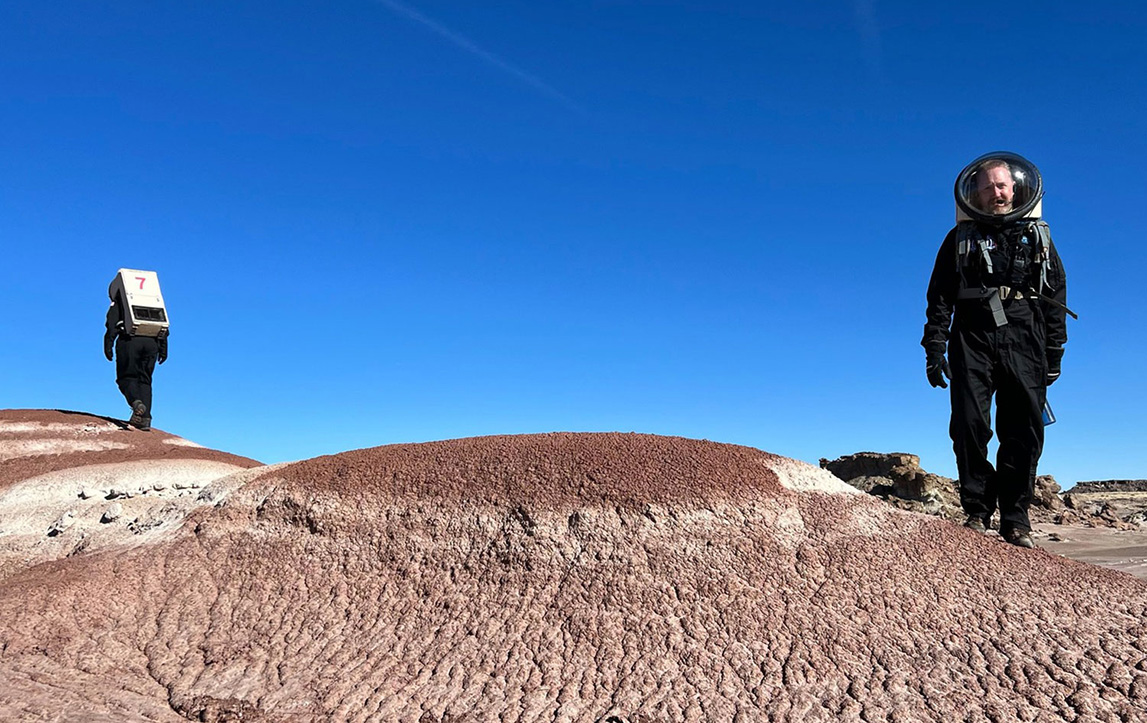
Recent advancements in Virtual Reality (VR) and Augmented Reality (AR) technologies have led to wider adoption of cutting-edge tools that have become increasingly vital across industries such as medicine, education, architecture, and gaming. VR is the digitally generated re-creation of realistic environments, allowing users to feel as though they are immersed in virtual surroundings, while AR uses the real world as a framework within which objects, images and other virtual items are placed.
While both technologies are forms of mixed reality, their convergence can create environments in which VR incorporates elements of AR to build interactive experiences integrating the real world with the digital, offering up a host of potential applications. The space industry is investigating the potential for this technology to assist with space operations and change the way humans explore the solar system.
An example of this potential is The Aerospace Corporation’s patent-pending Project Phantom prototype, which employs VR and AR to allow scientists and engineers (aka “Phantoms”) to investigate digitized 3D renderings of extraterrestrial terrains obtained by crew members in the field (aka “Explorers”), enabling deeper analysis and collaborative research.
